Healthy energy drinks are emerging on today’s market as a spark of energy and vitality for a certain segment of the public that needs to wake up and feel active with healthier and more natural stimulants, as a substitute for the classic coffees and teas or other soft drinks like super-caffeinated colas.
The truth is that energy drinks and the word “healthy”, at first glance, may not be entirely compatible for several reasons, among others, because:
- Energy rises immediately with “high” levels of caffeine and sugar, both of which are “anti” components and incompatible with a healthy lifestyle.
- High performance is obtained with vitamins, and the traditional energy drinks do not seem to include them.
- Energy drinks have always had questionable advertising in the sense that having the ability to concentrate or to study for long periods, despite the fact that these are liquids that provide momentary stimulation, can be complicated.
Energy drinks, as we conceive of them, have a reputation for producing agitation, nervousness, in some cases tachycardia, insomnia and even addiction. That’s why, for the sole purpose of casting off this reputation and providing a needed dose of energy and vitality, the industry and the market are strongly embracing new versions of energy drinks based on natural ingredients that mitigate the possible adverse effects of these types of risks.
What are healthy energy drinks understood to be?
Healthy energy drinks are ones that contain a high concentration of stimulants, mainly based on certain components like caffeine, taurine (key for the cardiovascular system and muscle development), ginseng, guarana, etc
Their main purpose lies in significantly improving physical performance and alertness, and they provide an immediate boost to mental capacity.
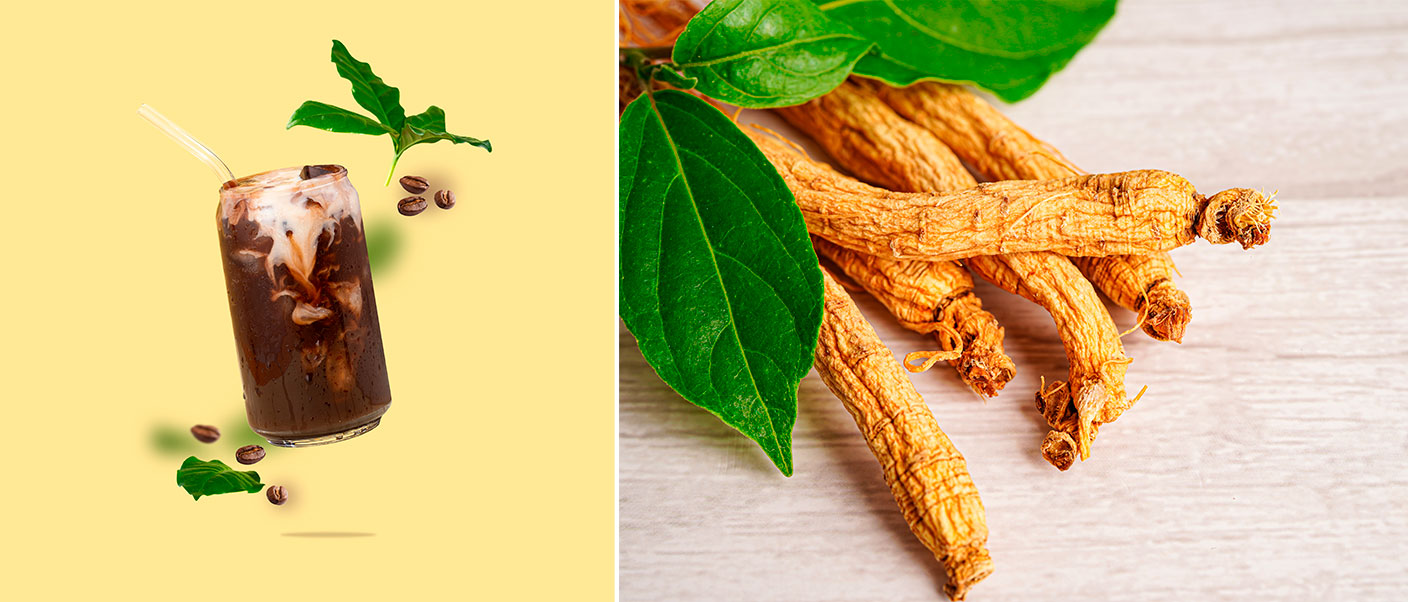
They may or may not be carbonated, and their main difference with respect to sports drinks is that the latter are used to restore electrolytes and water following physical exercise.
Their main difference with tea or coffee is that the latter have fewer ingredients and can also be decaffeinated.
One of the main reasons why their consumption is rising fast is because their consumption provides those instant energy levels needed to recover.
A beverage market with great possibilities
According to a study by Allied Markets, the worldwide energy drink market is expected to grow at an annual rate of 7.20% (CAGR, Compound Annual Growth Rate) to reach 86,010 million dollars by 2026.
Health awareness and lifestyle changes are a couple of factors boosting these types of beverages, which are becoming very popular among young adults and adolescents in particular.
This is especially true in the United States above and beyond any other country.
Now the expectations for the fastest growth are in the Asia-Pacific region, while the marketing efforts are concentrated in Europe.
Nonetheless, despite the fact that COVID 19 has damped down expectations somewhat, the pace is picking up again.
The constant trickle of new energy products coming on the scene is diversifying the energy drink category. The key lies in innovation.
Although one of the main concerns is the sugar component and the inclusion of artificial ingredients, such as “super creatine”, they continue (unlike what is happening with soft drink formulas) be well accepted.
Nonetheless, and in general terms, we have to remember that their public is still in the minority and that redirecting the consumer to these types of products tends to be quite complicated.
And so efforts are being focused mainly on the inclusion of novel, more natural and higher quality ingredients, like guayusa, natural sources of caffeine and organic cane sugar.
The energy drinks with the most buzz
1. ZOA
ZOA is the result of creating a multidisciplinary and innovative team in the fitness, health and niche beverage industry that includes personalities of the stature of Dwayne Johnson, Dany García, Dave Rienzi and John Shulman.
It’s an energy drink formulated with caffeine based on green tea and green, unroasted coffee beans, antioxidants like camu camu and acerola, as well as vitamin D and a mixture of components and nutrients that protect immune function and raise energy levels in general.
Molson Coors Beverage Co., Chicago, with extensive experience in the beverage sector and the intention of expanding beyond beer, is the distribution partner for retailers.
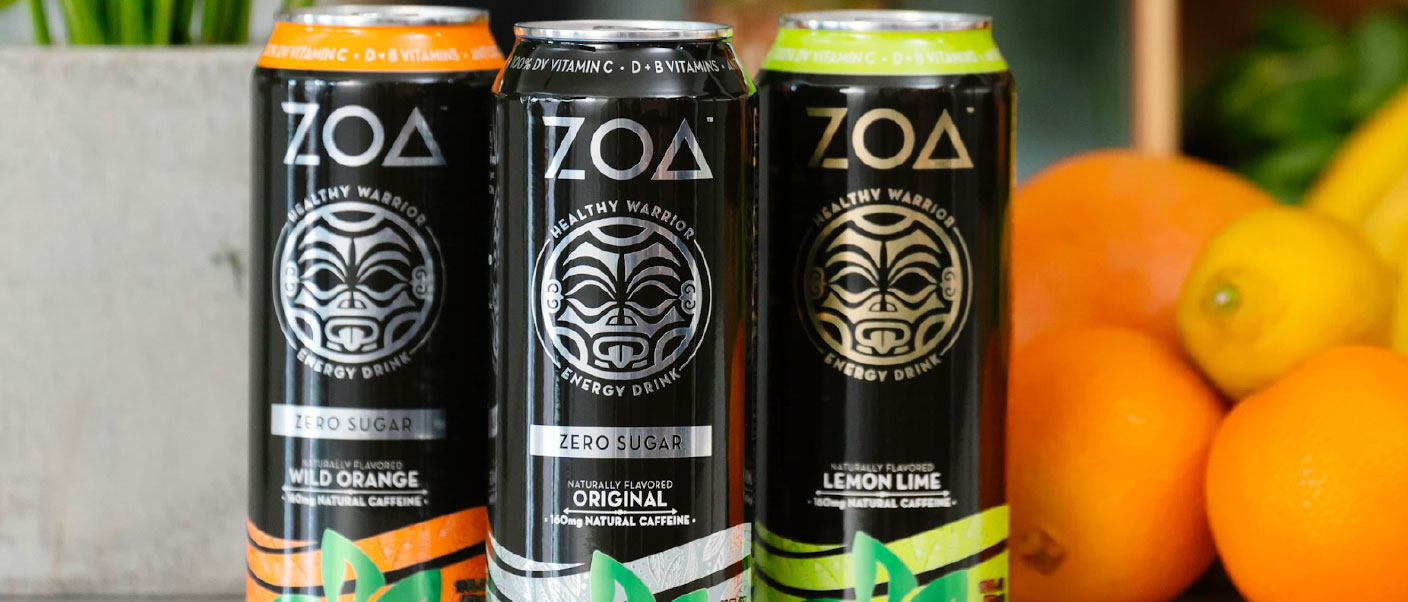
2. Celsius BCAA
Out of all the Celsius lines, BCAA + Energy contains the least caffeine, is sugar-free and has only 10 calories.
It’s a combination of caffeine, tart cherry, BCAA and vitamin D3 formulated to prevent inflammation and stimulate muscle recovery.

With several flavours, Sparkling Tropical Twist, Sparkling Blue Razz and Sparkling Blood Orange Lemonade, all of them are gluten-free.
3. The sugar-free version of Red Bull
It’s practically impossible to talk about energy drinks without mentioning Red Bull. The brand has a sugar-free version, but its caffeine levels are around 80 ml/can.
4. Aspire
Aspire is a healthy energy drink that contains 80 mg of caffeine per can, which is not an excessive amount, and it does not contain a single gram of sugar or any calories.
Free of preservatives, and artificial colouring and flavouring, it also contains vitamins C and B to stimulate the metabolism, and it’s available in nine different and very refreshing flavours.
Now that you have a better idea of the potential represented by this market at the moment, you can get inspired to create your prototype or idea of a healthy energy drink.
Remember that at Brew&Hub, you can make your project a reality, as we have a team of experts in every section and large consulting department.

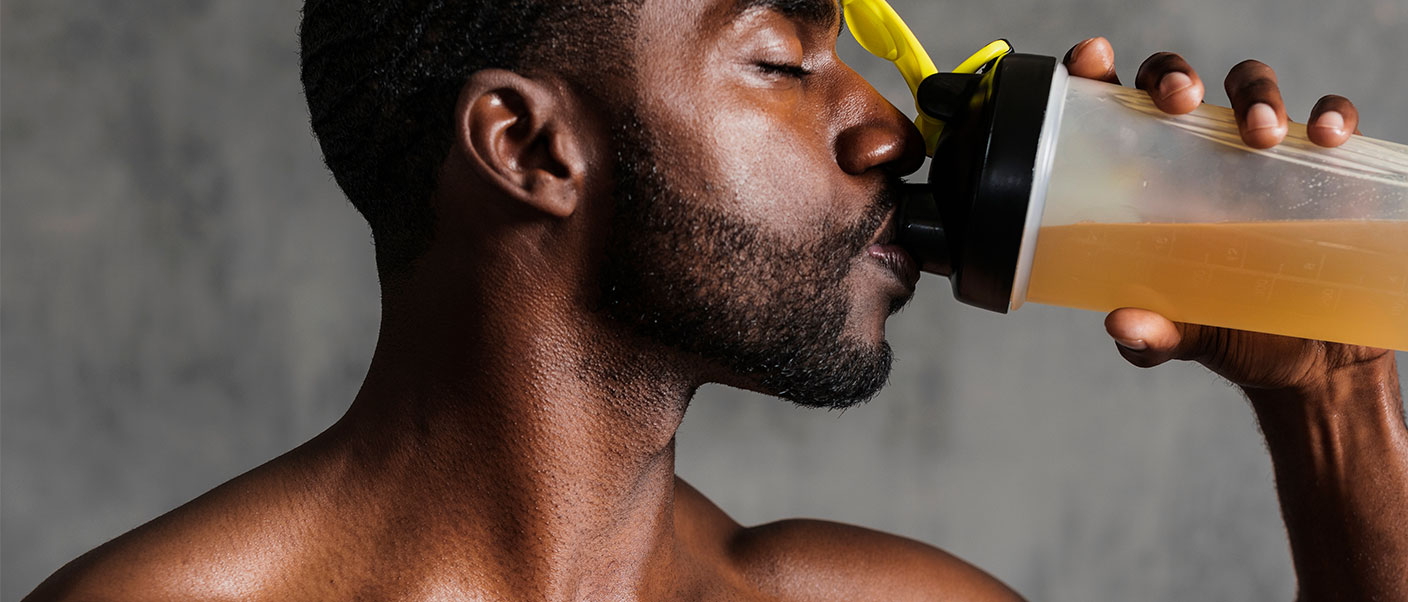





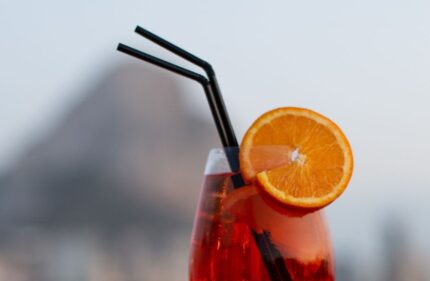

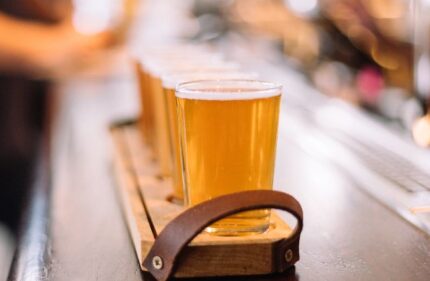
Comments